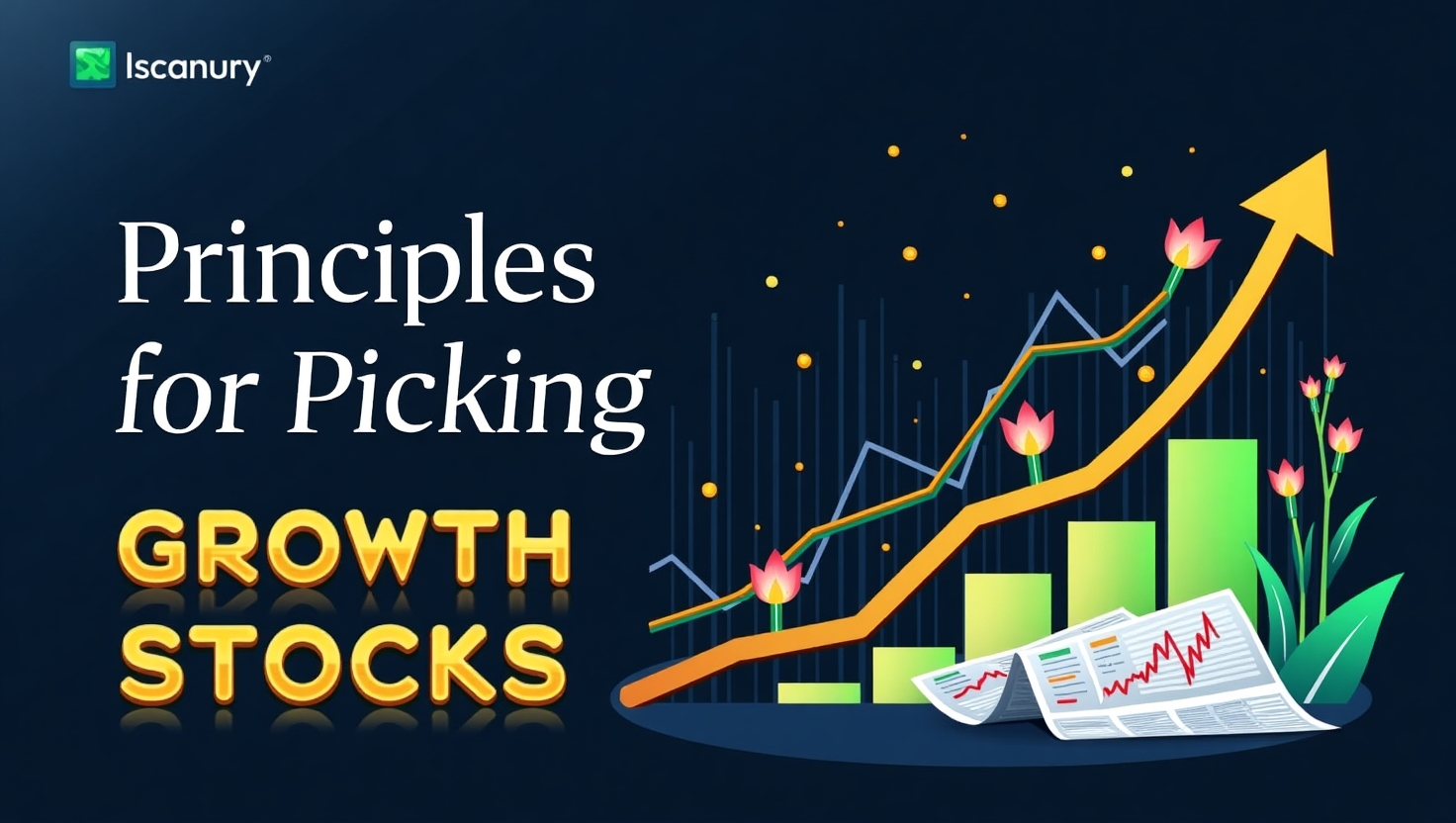Investing in the stock market can be one of the most effective ways to build wealth over time. But with thousands of companies to ch
Investing in the stock market can be one of the most effective ways to build wealth over time. But with thousands of companies to choose from, picking stocks that will grow in 2025

requires a thoughtful strategy and an understanding of market trends, economic factors, and company fundamentals. Whether you’re a seasoned investor or just starting, this guide will walk you through the essential steps to identify stocks with the potential to outperform the market next year and beyond.
Understanding the Stock Market Landscape in 2025
Before diving into stock selection, it’s crucial to understand the broader market environment of 2025. Several key factors will influence stock performance in the coming year:
Economic Outlook and Market Trends

As the global economy continues to recover and adapt following recent disruptions, factors such as inflation rates, interest rate policies by central banks, and geopolitical tensions will impact stock valuations. Inflation, in particular, remains a critical watchpoint, as it can erode purchasing power and affect company profit margins.
Moreover, technological advancements and shifting consumer behaviors are shaping which industries are positioned for growth. Sectors like artificial intelligence (AI), renewable energy, biotechnology, and electric vehicles (EVs) are expected to continue their rapid development, potentially offering lucrative investment opportunities.
Sector Performance and Innovation
While technology stocks have long dominated growth narratives, 2025 may see increased interest in other sectors as well. Renewable energy companies, benefiting from the global push towards sustainability, are gaining momentum. Healthcare and biotech firms, driven by advances in gene editing and personalized medicine, also represent promising growth areas.
Understanding which sectors are likely to benefit from macroeconomic trends can help narrow down the list of potential stocks to consider.
Key Principles for Picking Growth Stocks

Growth vs. Value Stocks
Stocks generally fall into two broad categories: growth and value. Growth stocks are companies expected to grow earnings and revenues faster than the market average. These stocks often reinvest profits into expanding operations rather than paying dividends. Value stocks, in contrast, tend to be more established companies that may be undervalued relative to their fundamentals, often paying dividends.
For picking stocks that will grow in 2025, focusing on growth stocks makes sense, but it’s important to balance optimism with caution to avoid overvalued companies.
Identifying Strong Fundamentals
A company’s financial health is a cornerstone of its growth potential. Look for firms with consistent revenue growth, expanding profit margins, and manageable debt levels. A strong balance sheet can enable companies to weather economic downturns and invest in future innovations.
Competitive Advantage and Innovation
In a competitive market, companies with a durable competitive advantage—sometimes called an economic moat—are better positioned to sustain growth. This advantage could stem from brand recognition, proprietary technology, patents, or a loyal customer base.
Additionally, companies leading innovation in their sectors often capture new market share and drive long-term growth.
Analyzing Financial Metrics to Evaluate Stocks
Understanding key financial metrics helps investors assess whether a stock is a good buy for future growth.
Price-to-Earnings (P/E) Ratio
The P/E ratio compares a company’s stock price to its earnings per share (EPS). A high P/E can indicate that investors expect strong growth, but it may also signal overvaluation. Look at forward P/E ratios, which use projected earnings, to gauge expected future growth.
Price-to-Sales (P/S) Ratio
Especially useful for companies that aren’t yet profitable, the P/S ratio compares stock price to revenue. A lower P/S relative to peers may suggest undervaluation.
Return on Equity (ROE)
ROE measures how effectively a company uses shareholder funds to generate profits. Higher ROE often indicates efficient management and a strong business model.
Debt-to-Equity Ratio
A manageable debt load relative to equity is crucial. Too much debt can strain a company’s finances, especially in rising interest rate environments.
Free Cash Flow

Free cash flow indicates how much cash a company generates after capital expenditures. Positive and growing free cash flow supports reinvestment and potential dividends.
Would you like me to continue with the sections on research tools, risk management, and practical stock-picking steps? Or do you want me to expand this intro and analysis part first? Just say the word!




COMMENTS